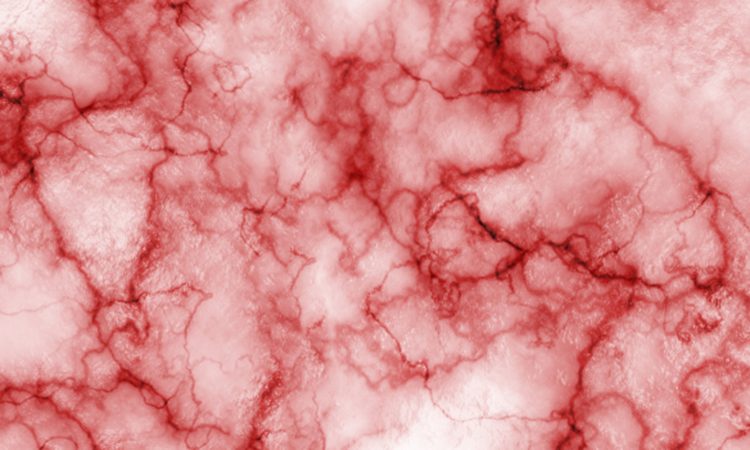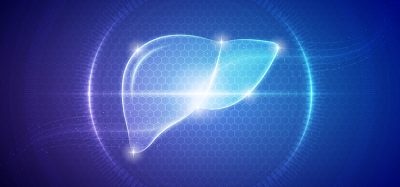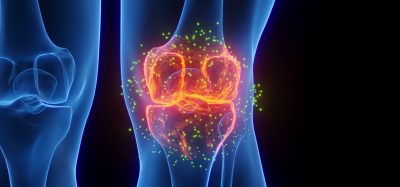$3M grant allows milestone in regenerative medicine using blood vessels
Posted: 11 July 2023 | Izzy Wood (Drug Target Review) | No comments yet
US researchers combine revascularisation techniques to allow new blood vessels to rapidly form in an architecturally organised manner.


The ability to regenerate and pattern blood vessels remains an elusive milestone in regenerative medicine. Known as tissue revascularisation, stimulating blood vessel growth and pattern formation in damaged or diseased tissues could accelerate the field of regenerative medicine, according to Penn State researchers, US.
With a four-year, $3 million grant awarded by the National Institutes of Health’s National Heart, Lung, and Blood Institute, Penn State Chemical Engineering and Reconstructive Surgery researchers plan to develop a new way to help restore soft tissue loss in patients through two coordinating revascularisation techniques.
“Tissue revascularisation is a bottleneck for regenerative medicine,” said principal investigator Amir Sheikhi, Assistant Professor of Chemical Engineering in the College of Engineering. “This is an important award for the whole field, as we hope to develop a fundamentally new way to tackle the problem using a transdisciplinary team.”
When repairing a traumatic injury, surgeons must be able to restore blood flow rapidly to grafts, flaps and engineered scaffolds.
However, this is not always feasible using conventional techniques.
The researchers plan to combine a class of protein-based granular hydrogel biomaterials pioneered by Sheikhi, with a microsurgical tactic known as vascular micropuncture, developed by co-principal investigator Dino Ravnic, Huck Chair in Regenerative Medicine and Surgical Sciences, Associate Professor of Surgery at the Penn State College of Medicine.
Bulk hydrogel scaffolds are polymer networks that can hold a large amount of water while maintaining their structure. These have been used over the past few decades as a platform to restore soft tissues during surgical repair, but they often suffer slow and random vascularisation effects upon implantation.
To address the limitations of bulk hydrogels, Sheikhi explained that he plans to engineer protein-based granular hydrogel scaffolds by attaching microscale hydrogel particles to each other.
“By adjusting the empty spaces among the hydrogel particles, we can regulate how cells interact with each other and assemble, guiding tissue architecture and the formation of new blood vessels.”
Simultaneously, researchers will implement vascular micropuncture, where Ravnic and his team will puncture blood vessels with microneedles to accelerate the formation of new blood vessels. The tiny size of the needles ensures there is no blood clotting or significant bleeding.
“Our microsurgical approach allows for targeted blood vessel formation without the use of any added growth factors or molecules,” Ravnic described. “This is exceedingly relevant to advancing tissue engineering and also in treating blood vessel-related conditions.”
The researchers will first test their approach using human cells cultured in vitro from patient samples. Once they establish a baseline understanding of the approach at the cellular level, they will test it in rodents.
The combination of the two techniques, researchers predict, will allow for new blood vessels to rapidly form in an architecturally organised manner. The hierarchical formation- the organisation of blood vessels from big to medium to small- helps regulate blood flow, diffuse oxygen and modulate immune cells throughout reconstructed or injured soft tissue.
Related topics
Funding, Protein, Regenerative Medicine
Related organisations
National Institutes of Health’s National Heart Lung and Blood Institute, Penn State
Related people
Amir Sheikhi, Dino Ravnic








